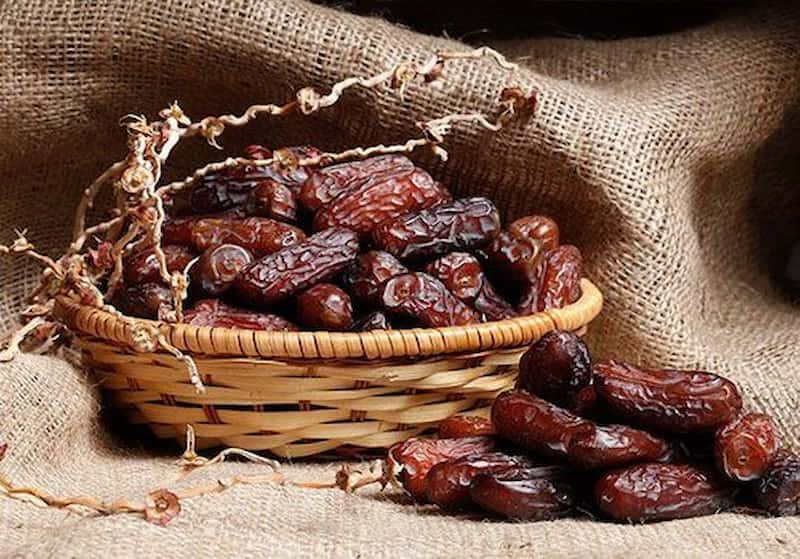Kurma: Exploring the Nutritional Value Through Processing Methods

Introduction
In the world of dried fruits, dates hold a special place due to their rich flavor, versatility, and impressive nutritional profile. Commonly known as “kurma” in many regions, dates are not only delicious but also packed with essential nutrients. However, the nutritional value of dates can vary depending on the processing methods used. In this blog post, we’ll delve into the different processing techniques and how they affect the nutritional content of dates.
Understanding the Nutritional Value of Dates
Nutrient Profile of Dates
Dates are naturally high in fiber, vitamins, and minerals, making them a nutritious choice for snacking or cooking. They are particularly rich in potassium, magnesium, vitamin B6, and iron, all of which play vital roles in supporting overall health.
The Impact of Processing Methods
Various processing methods can alter the nutritional composition of dates. Common techniques include drying, freezing, and pitting. Each method affects factors such as moisture content, sugar concentration, and nutrient retention.
Exploring Different Processing Methods
Processing methods play a crucial role in determining the nutritional content, flavor, and overall quality of dates. Let’s delve deeper into the impact of these methods:
Drying:
Drying is one of the most common methods used to process dates. This process involves removing moisture from the fruit, which helps extend its shelf life and prevents spoilage. While drying concentrates the sugars in dates, it also helps preserve most of their vitamins and minerals. However, prolonged or excessive drying can lead to a loss of certain heat-sensitive nutrients, such as vitamin C. Despite this, dried dates retain a significant portion of their nutritional value and are still a rich source of fiber, potassium, and other essential nutrients.
Freezing:
Freezing is another popular method employed to process dates, particularly for long-term preservation. Freezing helps maintain the texture and flavor of the fruit while slowing down enzymatic activity that can lead to spoilage. Frozen dates may have a slightly different texture compared to fresh ones, but they retain most of their nutritional content. Freezing is an effective way to preserve dates without the need for added preservatives or chemicals, making them a convenient option for storage and consumption.
Pitting:
Pitting refers to the removal of seeds from dates, either manually or using mechanical methods. While pitting does not significantly alter the nutritional composition of dates, it enhances their convenience and versatility in culinary applications. Pitted dates are easier to incorporate into recipes, such as smoothies, baked goods, and salads, without the hassle of removing seeds individually. This process does not affect the fiber, vitamins, or minerals present in dates, making them an equally nutritious option for consumption.
In summary, processing methods such as drying, freezing, and pitting can impact the nutritional content and overall quality of dates. While each method has its effects, dates remain a nutritious and delicious fruit that offers a variety of health benefits when consumed as part of a balanced diet.
Conclusion
In conclusion, dates are a nutritious and delicious fruit with various processing methods that can affect their nutritional value. While drying, freezing, and pitting may alter certain aspects of dates, they remain a valuable source of essential nutrients. Whether enjoyed as a snack or incorporated into recipes, dates offer a versatile and healthy addition to any diet.
Key Highlights
– Dates are rich in fiber, vitamins, and minerals.
– Different processing methods, such as drying, freezing, and pitting, can impact the nutritional content of dates.
– Despite processing, dates remain a nutritious choice for snacking and cooking.